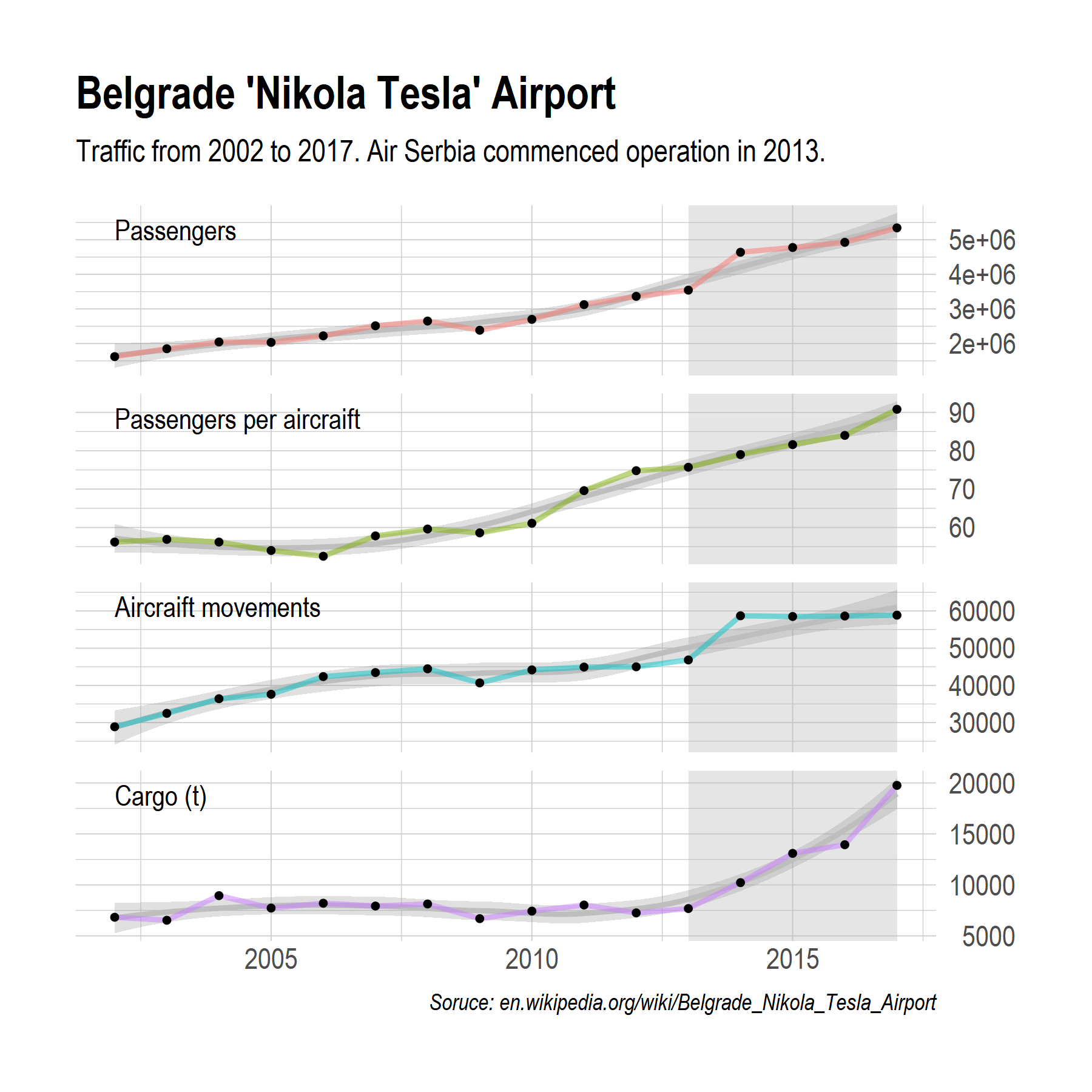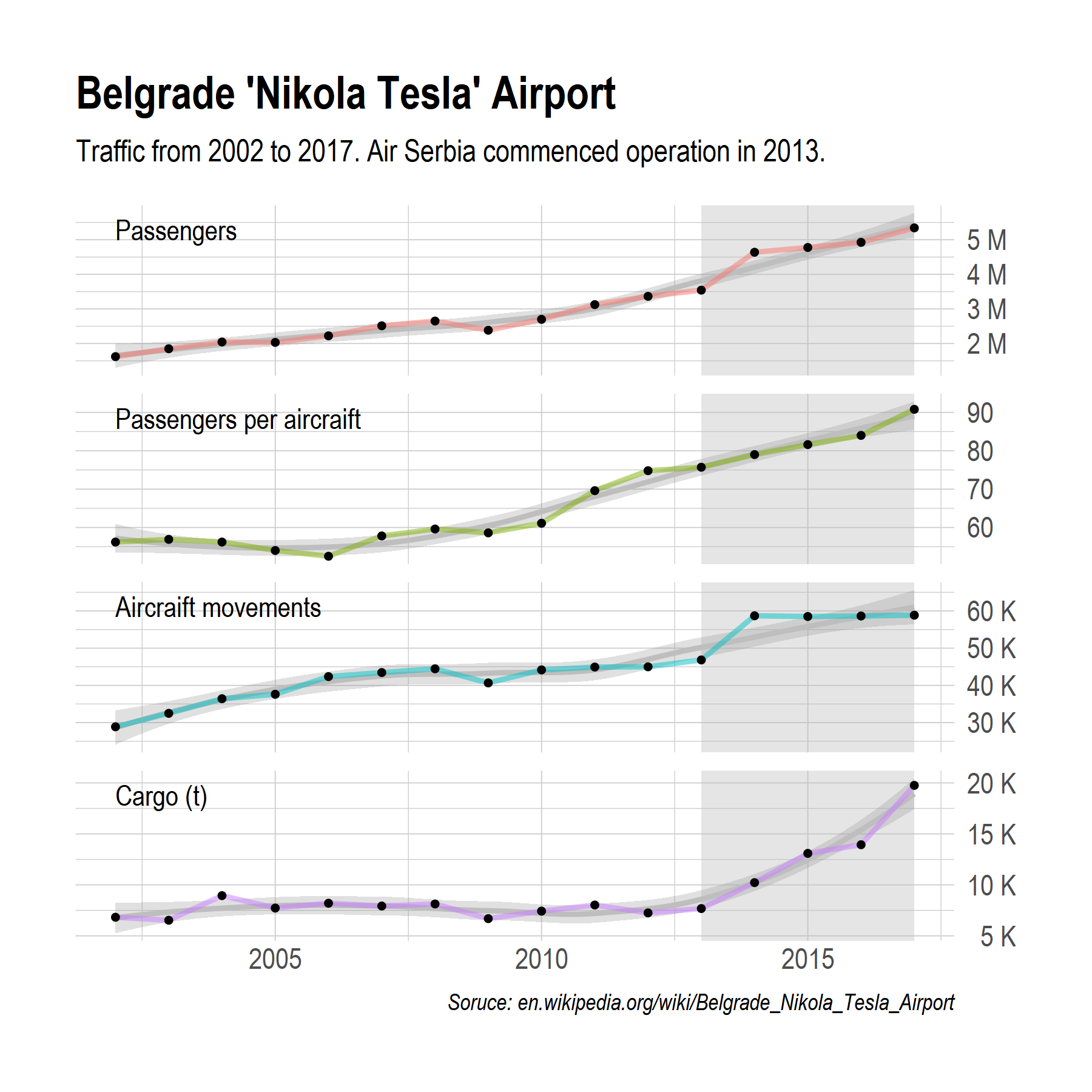These are few functions I used at some point for something–for some of them, there are probably much better packages.
More details here: https://mdjeric.github.io/f-mean-on-at-least.html
Does the same thing as SPSS mean.#. Calculates mean of a case if more
than n values are not NA, otherwise returns NA. Handy for making indexes
of several variables when you can specify to calculate it if e.g. more
than 75% or 90% of values are present in each case.
Doing a simple sample, six variables, each case has different number of missing values.
DF <- data.frame(var_1 = c(10, 20, 30, 40, 50),
var_2 = c(11, 21, 31, 41, NA),
var_3 = c(12, 22, 32, NA, NA),
var_4 = c(13, 23, NA, NA, NA),
var_5 = c(14, NA, NA, NA, NA),
var_6 = c(NA, NA, NA, NA, NA)
)
DF$av_miss_2 <- average_excluding(DF[, 1:6], 2)
DF$av_miss_5 <- average_excluding(DF[, 1:6], 5)
DF## var_1 var_2 var_3 var_4 var_5 var_6 av_miss_2 av_miss_5
## 1 10 11 12 13 14 NA 12.0 12.0
## 2 20 21 22 23 NA NA 21.5 21.5
## 3 30 31 32 NA NA NA NA 31.0
## 4 40 41 NA NA NA NA NA 40.5
## 5 50 NA NA NA NA NA NA 50.0
And this is how it comes in the end. We have means for cases which have no more than two missing values, and no more than five missing values.
This one has probably even more unique/rare appliation. We don’t want to mix different “units”, and an axis that would include from 100s to 1,000,000s, well this wouldn’t be a helpful way.
But, it solved a problem in faceting data for Belgrade Airport which included number of passengers, plane operations, cargo, and passengers per airplane to be presented in one plot with numbers formated in a clean way.
library(ggplot2)
library(scales)
imenuj <- function(x) {
ifelse(x > 999999,
paste(comma(x * 0.000001), "M"),
ifelse(x > 999,
paste(x * 0.001, "K"),
paste(x)
)
)
}Once it is included in gglpot labels option,
scale_y_continuous(labels = imenuj, position = "right")the first graph becomes the second one. Much better.
Samples coming soon
These are 6 different functions that summarize data . Probably the most
useful are info.detail, out.tbls.wn, and out.stat.
First returns min , max, mean, SD, and number NAs, along with type of variable and number of levels if factor in a data frame.
Second returns frequency, relative, and cumulative percent of for a variable values, along with min, max, mean, and SD (prints notification if it is a factor).
Third provides just min, max, mean, and SD for data frame.

